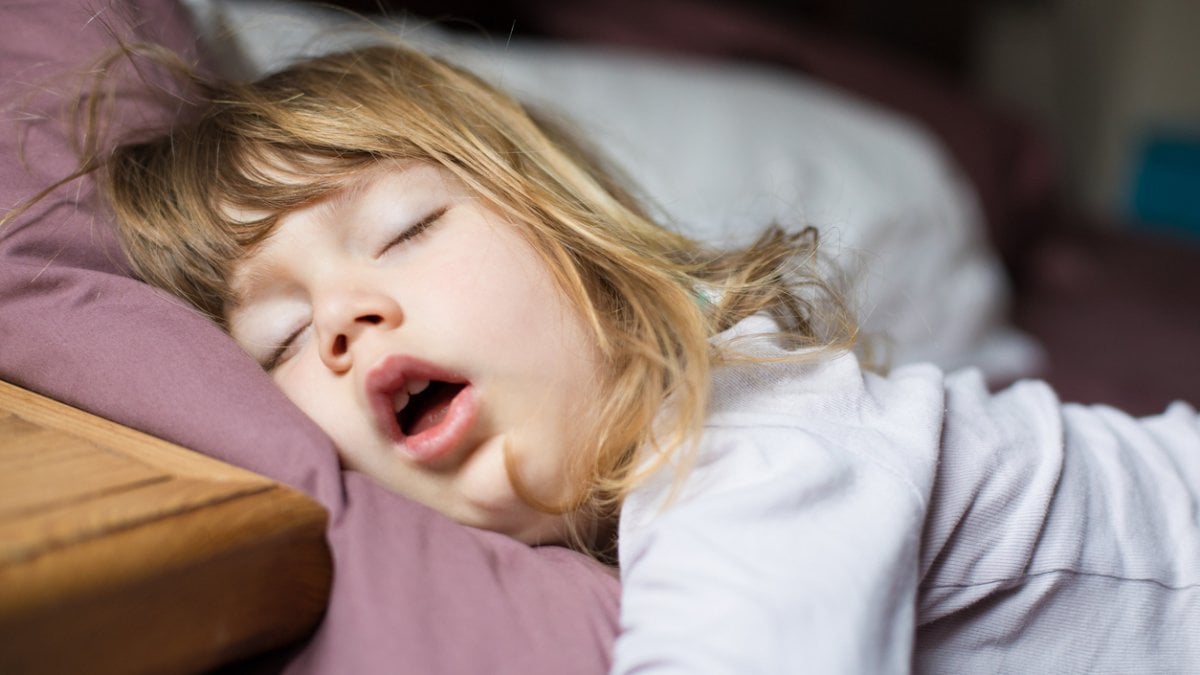
Sleep apnea: causes and remedies
For some time now, the pages of major newspapers and popular magazines have been talking about sleep apnea, OSAS, hypersomnia
Sleep apnea is basically about interruptions in normal breathing
Apnea means not breathing, such as when diving underwater.
It turns out to be of the duration of a few seconds to 30/40, completely involuntary (occurring during sleep, so normally during the night).
They can be sporadic or very numerous, in sequence, as many as 50/60 per hour, always followed by half-awakenings (arousal) and sometimes by noisy inhalations and disjointed movements that can also frighten those who observe them or are awakened by them (bed partners or children).
One thing should be made clear right away: these are not diseases or, rather, not pathological situations that need to be cured with drugs or health treatments.
Instead, these are very important and totally neglected direct or indirect risk factors.
Neglected because until a few years ago they were not studied except in very special cases.
It all starts from the observation, obvious as long as one wants, but no less important, that sleep constitutes one third of the life of every human being, even for inveterate night owls.
Causes of sleep apnea
Sleep apnea is mainly due to obstruction of the first airways (pharynx, larynx) caused, especially in the supine position by the fall of the tongue to the back of the throat: most affected are overweight or obese individuals or those with particular neck or jaw conformations, but it can affect everyone, even children.
Snoring is the typical sign that brings the person to the doctor, but often at the insistence of family members, who are disturbed by this noisy attitude.
Symptoms and consequence of sleep apnea
It can be guessed that this phenomenon leads over the years to imbalances at the level of the very complicated mechanisms of regulation of heart rate, blood pressure and other complex metabolic processes.
Difficulty waking up, concentration, irritability are the most frequent and almost always underestimated signs of poor sleep quality.
The most immediate and disturbing consequence is the disappearance of the benefits of sleep on our daily lives and those who live with us.
But there are much more important signs of the poor quality of our sleep: the most important is certainly daytime hypersomnia, which, particularly for those who engage in dangerous activities or are driving many hours during the day, poses a serious danger to themselves and others.
That is why since the beginning of this year it has been mandatory for those suffering from this disorder to report it when renewing their driver’s license.
However, there are many other pathological situations that find poor sleep quality due to Sleep Apnea (OSAS) as one of the main causes: high blood pressure especially in younger people who are resistant to treatment, overweight that is not resolved by diets.
In children in particular, the signs that should lead to an assessment are: poor growth, hyperactivity, unexplained poor school performance, and of course snoring for them as well.
Diagnosis of Sleep Apnea
What to do when you think you have this problem? First of all talk to your doctor, who, if he or she thinks so, will prescribe a polysomnography (a test that can also be done at home that records all the events that happen to our bodies during sleep, even positions).
In case of positivity of the test it is necessary to refer to centers specialized in this field so as to be informed in detail about the pathology, have the possibility to evaluate together with the specialist doctor the most suitable remedies for our person ranging from “simple” weight loss to the use of equipment called CPAP that completely eliminates the problem by insufflating air in the airway in a very simple way up to even surgical interventions of palate toileting.
CHILD HEALTH: LEARN MORE ABOUT MEDICHILD BY VISITING THE BOOTH IN EMERGENCY EXPO
Tips for good sleep quality
The important thing is to turn to serious and proven centers that are able in a short time to accompany the patient along the entire diagnostic/therapeutic itinerary without interruption and in equipé and ensure the control over time of the eventual equipment and clinical problem, whether it be pneumological, cardiological, metabolic or ENT.
In the course of my clinical work with both children and adults, I have verified that by solving the sleep problem, the quality of life improves markedly, often to the great surprise of the patient and family members: that is why the first step to get to enjoy this feeling of well-being is to think about it.
Obvious but still very but very infrequent.
Read Also:
Emergency Live Even More…Live: Download The New Free App Of Your Newspaper For IOS And Android
Pediatric Obstructive Sleep Apnea
Kids With Sleep Apnea Into Teen Years Could Develop High Blood Pressure
Obstructive Sleep Apnoea: Symptoms And Treatment For Obstructive Sleep Apnoea
Obstructive Sleep Apnoea: What It Is And How To Treat It
Grinding Your Teeth While You Sleep: Symptoms And Remedies For Bruxism
Long Covid And Insomnia: ‘Sleep Disturbances And Fatigue After Infection’
Sleep Disorders: The Signs Not To Be Underestimated
Sleepwalking: What It Is, What Symptoms It Has And How To Treat It
What Are The Causes Of Sleepwalking?
Catatonia: Meaning, Definition, Causes, Synonyms And Cures
Difference Between Catatonia, Catalepsy And Cataplexy
Cataplexy: Cause, Meaning, Sleep, Cure And Etymology


